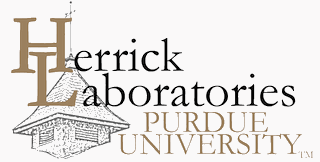Abstract
In the introductory sections of active noise control and metamaterial articles, it is often said that “conventional”, i.e., poro-elastic materials such as foams and fibrous media, do not work well at low frequencies. While that observation may be true for the simplest treatments, e.g., a single layer of a homogeneous, limp fibrous layer, there are many cases in which excellent weight and cost-effective acoustical treatments can be realized by using poro-elastic media. The first example involves the serendipitous discovery of a configuration that allows a 25 mm thick foam layer to provide effective absorption at 300 Hz, at a surface density substantially less than 1 kg/m2. In the context of sound transmission, it will be shown that cells of edge-constrained fibrous media can yield astonishingly high transmission losses at low frequencies, say below 100 Hz, owing to a mechanism similar to that exploited in cellular membrane metamaterials. However, in both cases, a fair comparison with the performance of “conventional” barrier materials, i.e., simple impermeable mass layers, can only be drawn when the weight required to achieve the edge-constraint effect is accounted for.
Keywords
Poro-elastic materials, Foam, Sound Absorption, Acoustic metamaterials, Sound transmission, Fibrous sound absorbers
Subject
Acoustics and Noise Control
Date of this Version
8-26-2019
Recommended Citation
Bolton, J Stuart, "Poro-elastic Materials and the Control of Low Frequency Sound" (2019). Publications of the Ray W. Herrick Laboratories. Paper 206.
https://docs.lib.purdue.edu/herrick/206
Embargo Period
8-30-2019



Comments
Plenary presentation, NoiseCon 2019, San Diego, CA, August 26, 2019.